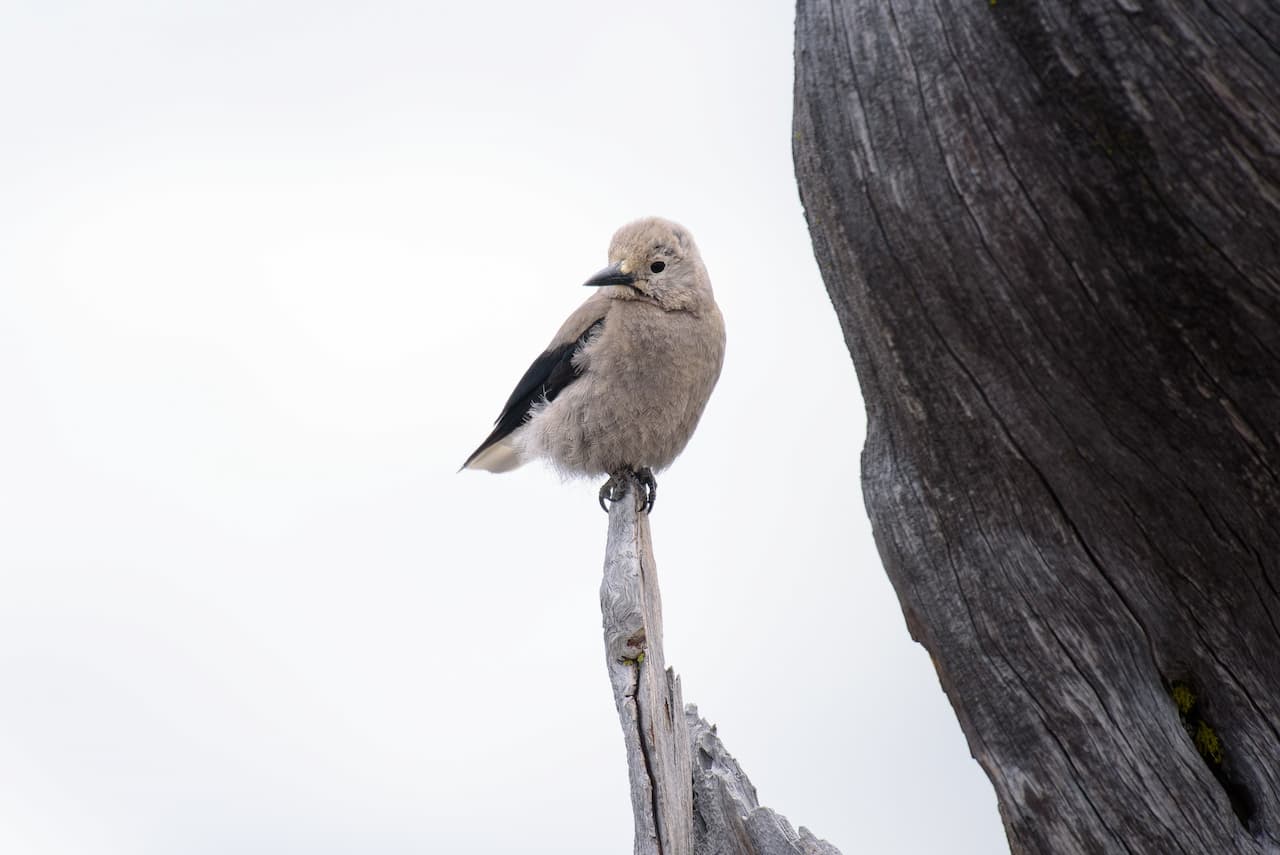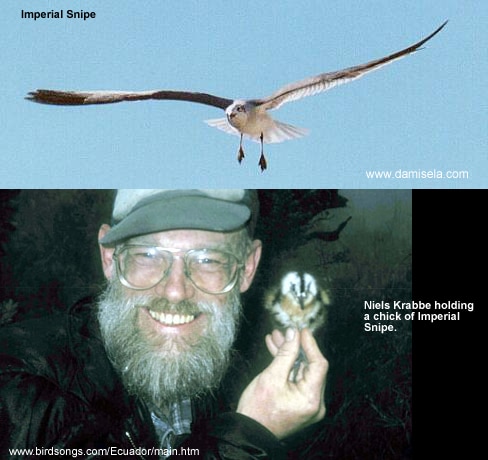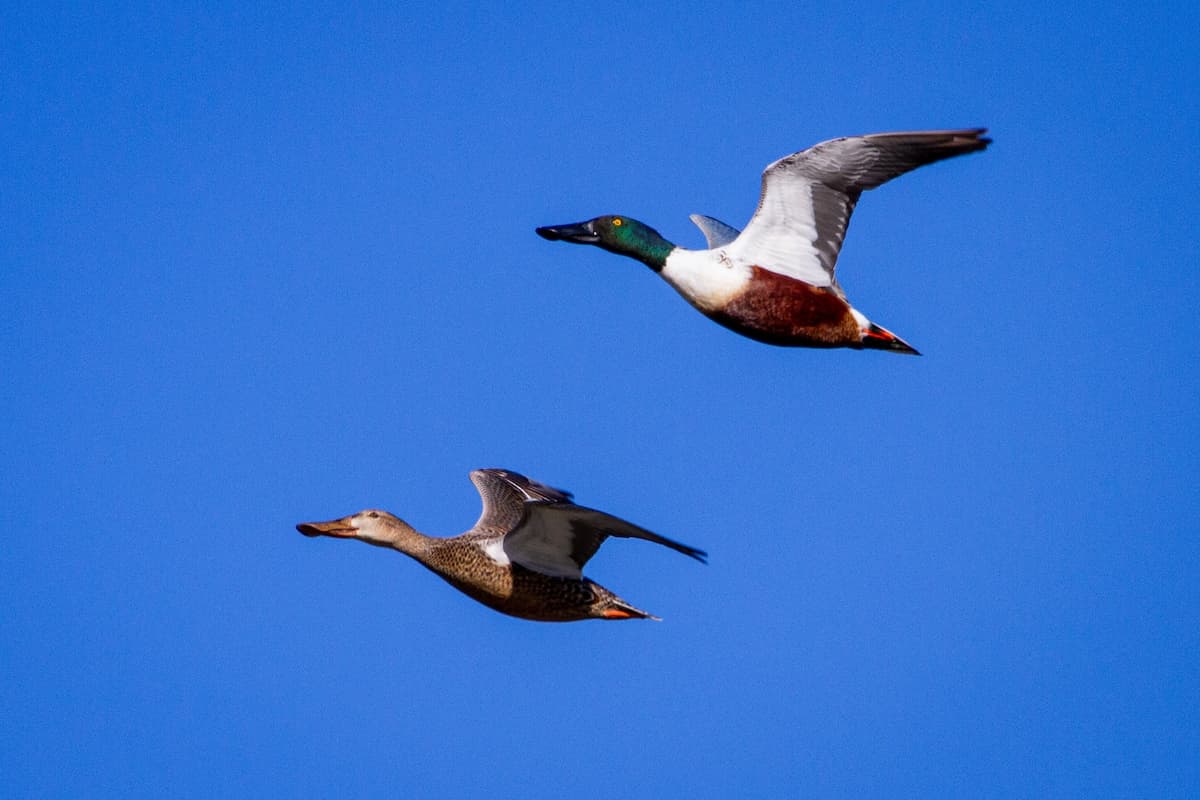Little Egrets (Egretta garzetta)
The Little Egrets, Egretta garzetta, is a small white heron. It is the Old World counterpart to the very similar New World Snowy Egret.

Description
The adult Little Egret is 55-65 cm long with an 88-106 cm wingspan.
Its plumage is all white. It has long black legs with yellow feet and a slim black bill. In the breeding season, the adult has two long nape plumes and red or blue between the bill and eyes.
Distribution / Range:
Its original breeding distribution was large inland wetlands and coastal wetlands in warm temperate parts of Europe, Asia, Africa and Australia.
In warmer locations, most birds are permanent residents; northern populations, including many European birds, migrate to Africa and southern Asia. They may also wander north after the breeding season, which presumably has led to this egret’s range expansion.
The Little Egret has now started to colonise the New World, breeding at least in the Bahamas, and recorded in several Caribbean islands, including Trinidad, Tobago and St Lucia, and in Surinam.
In Great Britain it was rare until the late twentieth century and almost certainly did not breed. In contrast, it has for just over a decade now become a regular breeding species and is commonly sighted, often in large numbers at favoured coastal sites.
Breeding
The Little Egret nests in colonies, often with other wading birds, usually on platforms of sticks in trees or shrubs. The three to five eggs are incubated by both adults for 21-25 days to hatching.
Diet / Feeding
This egret stalks its prey in shallow water, often running or shuffling its feet. It may also stand still and wait to ambush prey. It eats fish, crustaceans, and insects.
Status
At one time, the plumes of the Little Egret were in demand for decorating hats. Hunting for this purpose reduced the population of the species to dangerously low levels (in the process stimulating the establishment of Britain’s Royal Society for the Protection of Birds in 1889).
Now conservation laws protect this species, and the population has rebounded strongly.
Beauty Of Birds strives to maintain accurate and up-to-date information; however, mistakes do happen. If you would like to correct or update any of the information, please contact us. THANK YOU!!!




